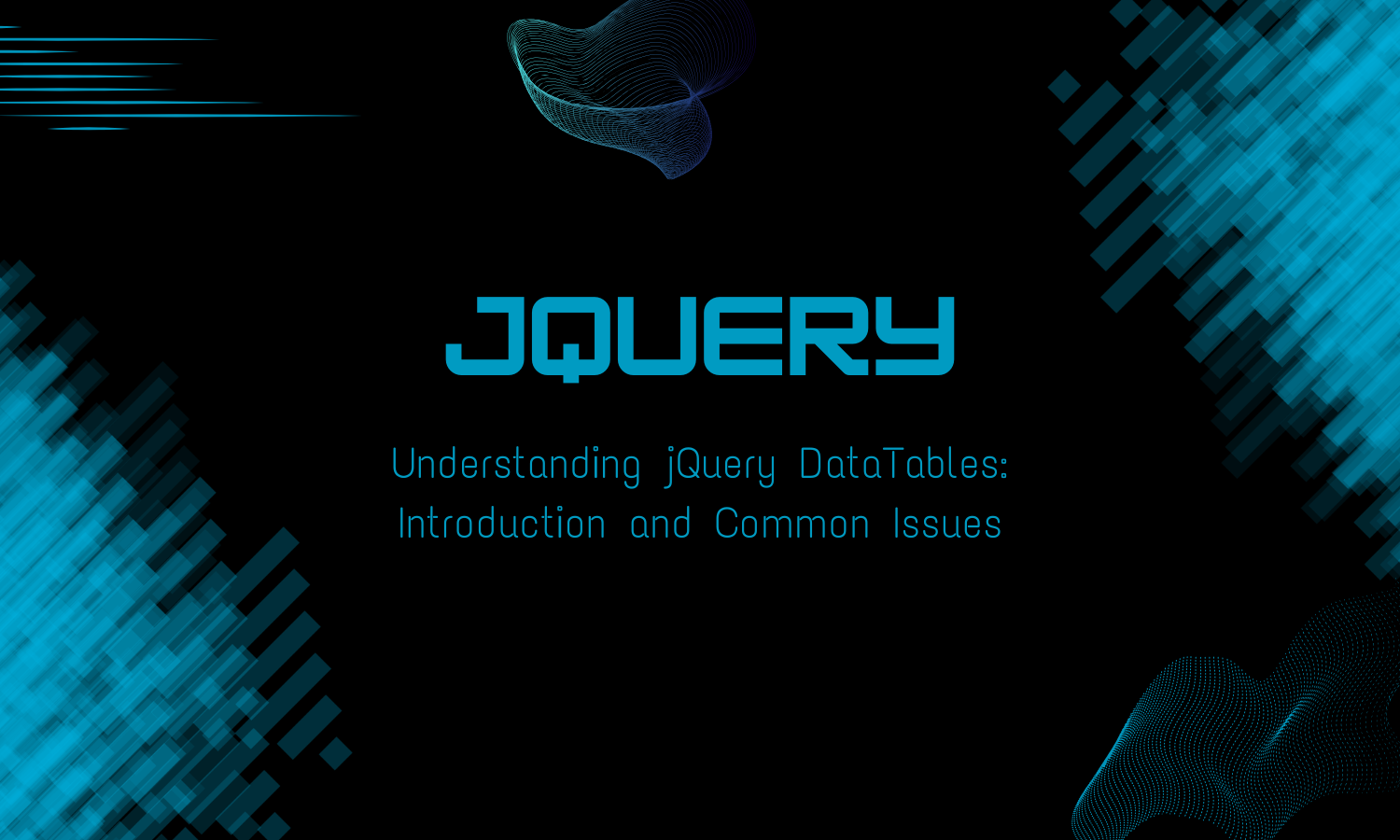By JoeVu, at: 2024年4月30日12:09
Estimated Reading Time: __READING_TIME__ minutes


By JoeVu, at: 2024年4月30日12:09
Estimated Reading Time: __READING_TIME__ minutes


